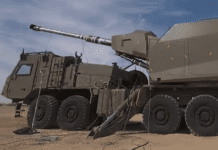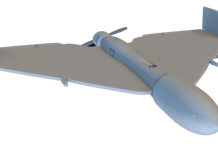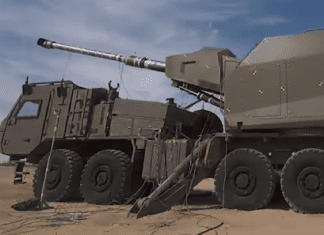This post is also available in:
 עברית (Hebrew)
עברית (Hebrew)
Incendiary kites launched from the Gaza Strip have been causing considerable damage to Israeli border settlements since April. Arson terrorism is a mode of operation that began as a local initiative during the third week of the “return marches.” Since then it has become more sophisticated and extensive, and has turned into Hamas’ preferred modus operandi in the policy of controlled violence implemented against Israel, claims a recent report by the Meir Amit Intelligence and Terrorism Information Center.
The factors contributing to the growing popularity of the arson terrorism include the fact that the Gazans have become tired of the marches, and Hamas awareness of the damage to fields and forests and the disruption of daily life in the Israeli communities in the western Negev. The cheap and accessible kites and balloons became an effective weapon.
The report evaluates that Hamas took control of launching incendiary and explosive kites and balloons and publicly promised to protect the Palestinians engaged in launching them. A new “rule of engagement on the ground” has been implemented: rocket and mortar shell fire as a response to what Hamas views as an exaggerated Israeli reaction to the launching of kites and balloons.
The intensive involvement of Hamas operatives is manifested in several ways: In addition to that fact that Hamas’ military wing serially manufactures and launches kites and balloons (and also handles Palestinian youth in carrying out arson terrorism), they transport them to launching sites, sometimes in military vehicles; Hamas operatives participate in the launchings; and the launchings are centrally scheduled and orchestrated, i.e. dozens of kites and balloons are launched at the same time for the greatest effect.
In some instances, balloons are launched from Hamas observation sites and posts near the border (despite the risk of Israeli retaliation).


























